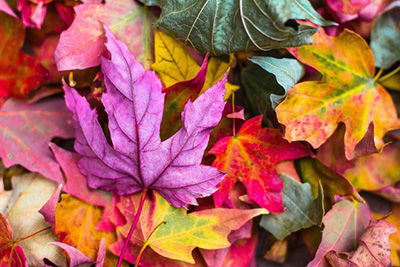
Tianna Edwards, Officer of Direct Response Appeals in the Office of Advancement at Queen’s, talks about the importance of having a diverse staff and student body as the starting point to achieve a genuinely inclusive campus.
I was raised in Kingston and spent my elementary and high school years as the only person of colour in most of my classes. To clarify what this means, it means being the spokesperson for all people of colour (answering questions about my race), fighting stereotypes and generally losing any anonymity whatsoever. So when it came to applying to universities, I didn’t consider Queen’s. I felt that I wouldn’t fit into the established culture of sameness and didn’t want to continue the pattern of being the only person of colour in my classes. So I branched out. Like many young Kingstonians, I moved to Toronto. I studied journalism at the University of Guelph-Humber and for the first time in my life, I blended in with my peers.
Now, almost 15 years later, I find myself back in Kingston. Not just in Kingston but working at Queen’s and not just working at Queen’s but studying here as well in the Cultural Studies program (MA). I currently work in the Office of Advancement managing the direct mail program responsible for storytelling and encouraging alumni to give back to Queen’s. I take pride in my role because I get to identify some of the incredible research and student activities happening on campus and share these achievements with alumni. In this role, now more than ever, I am seeing students of colour -- that wouldn’t have fit the Queen’s mould more than a decade ago – using Queen’s resources not only to enhance their education but to lift up marginalized voices. This is significant to me.
Though I feel that Queen’s has a long way to go when it comes to diversity and inclusion, the administration is slowly making space. For example, with proper guidance from the Human Rights and Equity Office on inclusive hiring practices, more positions will be filled with people who look like me and that impact will trickle down, depicting how Queen’s is seen and talked about.
Another good example is the Cultural Studies program that welcomes students to challenge these traditions grounded in colonialism and patriarchal perspectives without judgement or scrutiny. This is important for the growth of the institution.
When I left Toronto four years ago, many Queen’s alumni warned me not to come back to Kingston – let alone step on Queen’s campus – because of its negative reputation with marginalized communities. But I strongly feel that change has to start somewhere. It starts with people like me who are willing to have the tough conversations about race with my colleagues with hopes that future employees of colour won’t have to. It starts with the students of colour who are willing to stand up and identify where Queen’s can do better regarding inclusivity. And most importantly, the attention to these issues must not waiver. My fear is the discussion around inclusivity and diversity is a western trend and popular hashtags are fleeting. This work needs to be consistent to avoid falling into old patterns.
As my husband and I start our family and plant roots in Kingston, I am hopeful that if Queen’s continues down this path of inclusion, our children will one day be proud Gaels.
Tianna Edwards